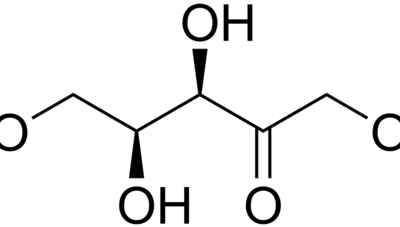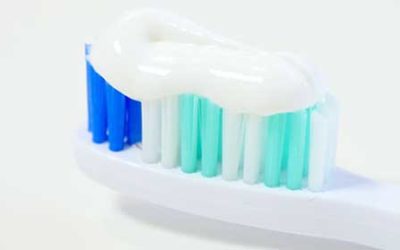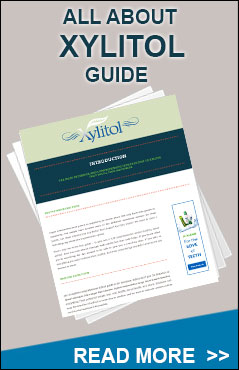Current management of pediatric acute otitis media
E Leibovitz, A Broides, D Greenberg, N Newman – Expert review of anti-infective …, 2010
E Leibovitz, A Broides, D Greenberg, N Newman – Expert review of anti-infective …, 2010 Acute otitis media (AOM) is the most common childhood bacterial infection for which antibiotics are prescribed worldwide. The most common pathogens causing AOM in children are Streptococcus pneumoniae, nontypeable Haemophilus influenzae, Moraxella …Learn more…
Complementary, Holistic, and Integrative Medicine Therapies for Acute Otitis Media
C Bukutu, J Deol, S Vohra – Pediatrics in Review, 2008
Acute otitis media (AOM) is diagnosed frequently in early childhood; its peak incidence is between 6 and 15 months of age.(1) Streptococcus pneumoniae, Haemophilus influenzae, and Moraxella catarrhalis are the leading bacterial causes. Eighty percent of AOM cases…Learn more…
Acute Otitis Media in Children
D Greenberg, S Hoffman, E Leibovitz, R Dagan – Pediatric Drugs, 2008
Abstract Children attending day care centers (DCCs) frequently carry antibacterial-resistant organisms in their nasopharynx, leading to acute otitis media (AOM) that may be refractory to antibacterial treatment. The development and spread of resistant organisms are facilitated…Learn more…
Epidemiology, natural history, and risk factors: panel report from the Ninth International Research Conference on Otitis Media
KA Daly, HJ Hoffman, KJ Kvaerner, E Kvestad… – International journal of …, 2010
The 2007 Recent Advances in Otitis Media Research Conference Panel Report provides an update on otitis media (OM) research published from 2003 to 2007. This report summarizes important trends in disease incidence and prevalence, describes established and newly…Learn more…
Xylitol as a prophylaxis for acute otitis media: Systematic review
JL Danhauer, CE Johnson, NE Corbin, KG Bruccheri – International journal of …, 2010
Abstract A systematic review was conducted to evaluate evidence regarding xylitol, a sugar alcohol, as a prophylaxis for acute otitis media (AOM) in children. The authors searched PubMed and other databases to identify evidence. Criteria for included studies were:…Learn more…
Xylitol as a prophylaxis for acute otitis media: Systematic review
JL Danhauer, CE Johnson, NE Corbin, KG Bruccheri – International journal of …, 2010
Abstract A systematic review was conducted to evaluate evidence regarding xylitol, a sugar alcohol, as a prophylaxis for acute otitis media (AOM) in children. The authors searched PubMed and other databases to identify evidence. Criteria for included studies were:…Learn more…
Natural history of untreated otitis media
RM Rosenfeld, D Kay – The Laryngoscope, 2003
Objective/Hypothesis: Data from cohort studies and untreated groups in randomized
controlled trials can be identified through systematic literature review and synthesized with
meta-analysis to estimate natural history of acute otitis media (AOM) and otitis media with…Learn more…
Otitis media
MM Rovers, AGM Schilder, GA Zielhuis, RM Rosenfeld – The Lancet, 2004
Otitis media (OM) continues to be one of the most common childhood infections and is a major cause of morbidity in children. The pathogenesis of OM is multifactorial, involving the adaptive and native immune system, Eustachian-tube dysfunction, viral and bacterial load,…Learn more…
The diagnosis and management of acute otitis media
AS Lieberthal, AE Carroll, T Chonmaitree, TG Ganiats… – Pediatrics, 2013
Abstract This evidence-based clinical practice guideline is a revision of the 2004 acute otitis media (AOM) guideline from the American Academy of Pediatrics (AAP) and American Academy of Family Physicians. It provides recommendations to primary care clinicians for…Learn more…
Xylitol for preventing acute otitis media in children up to 12 years of age
A Azarpazhooh, H Limeback, HP Lawrence, PS Shah – Cochrane Database Syst …, 2011
Background Acute otitis media (AOM) is the most common bacterial infection among young children in the United States with limitations and concerns over its treatment with antibiotics and surgery. Therefore, effective preventative measures are attractive. A potential…Learn more…
Related Articles
What is Pentosuria and How Does it Relate to Xylitol?
What is pentosuria? It sounds a bit daunting doesn’t it? There’s not a lot of information out there about pentosuria, and it can often go overlooked or misdiagnosed. So we thought it would be good to take a quick minute and explain what...
Special Ed and ear infections? Why are they connected?
Ear...
Nasal Irrigation: Washing Away Your Ailments
Having functioning and healthy nasal and sinus passageways can make a world of difference in your daily life. People with allergies often feel wary of enjoying a beautiful day outside because being exposed to allergens such as pollen, dust, and...
Places You Should Substitute Xylitol Sweeteners for Sugar
People often want to find replacements for table sugar in their diets. But which areas are you able to replace sugar? Does xylitol bake as well? Cook as well? Will it dissolve in liquids just as easily? Well the answer to these is yes, yes and...
Xylitol Toothpaste vs Fluoride Toothpaste
Why would you add a sweetener to toothpaste? It might seem counter-intuitive if you aren’t aware of the dental benefits of xylitol. Here’s why we recommend using xylitol toothpaste vs. fluoride only toothpaste. The cavity causing (cariogenic)...
The Nose is a Nidus: A Source of Infection for Ears, Sinuses, and Lungs
What's a nidus? A nidus is defined as “a place in which bacteria have multiplied or may multiply; a focus of infection”. The way it is now the nose is a nidus–virtually all upper respiratory problems, both allergenic and infectious begin in the...










